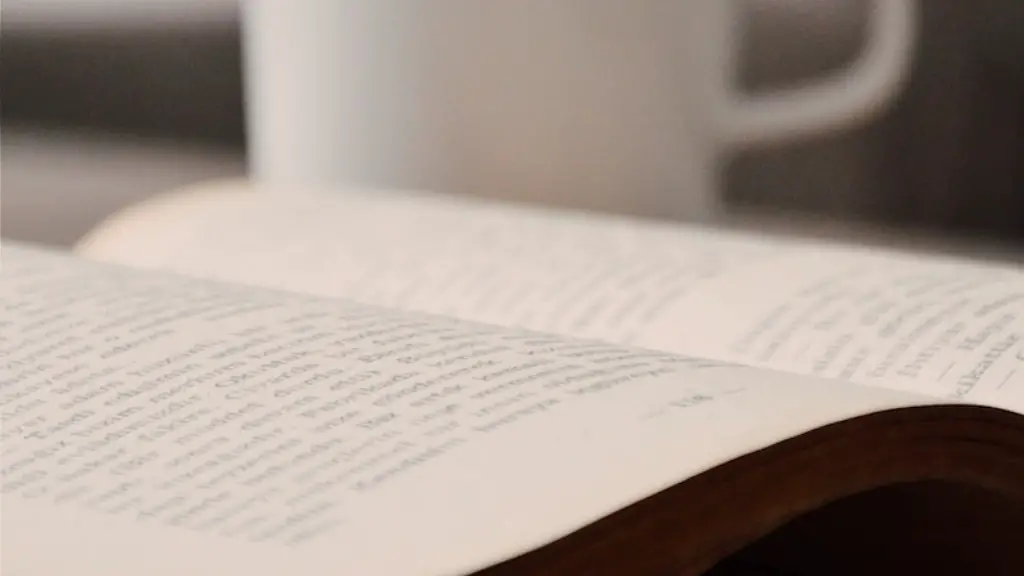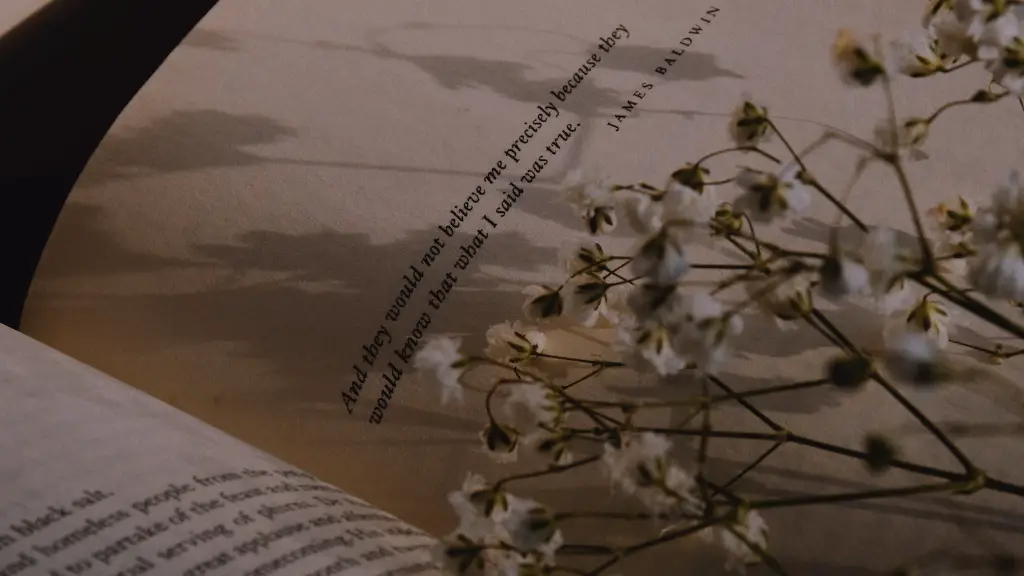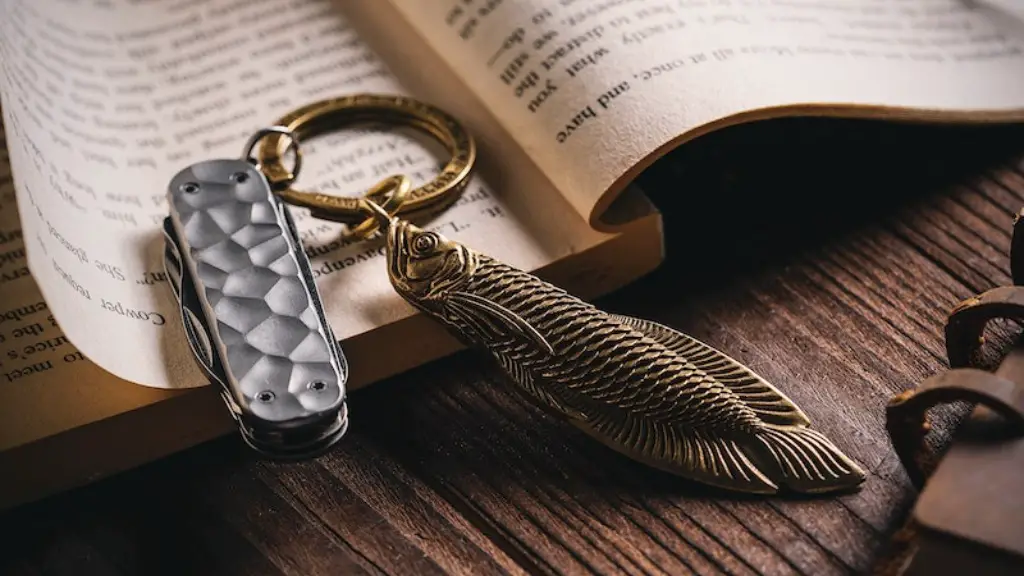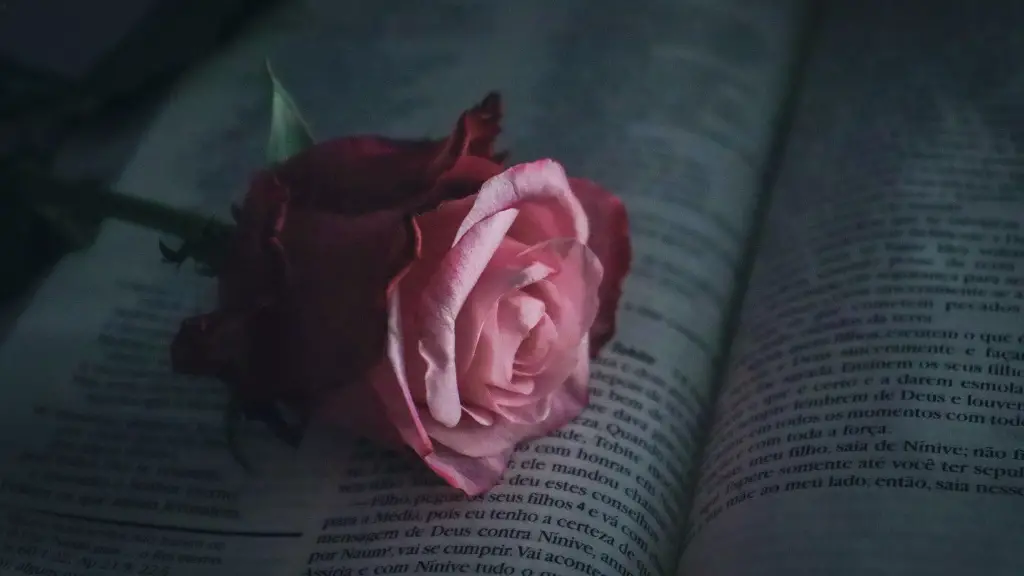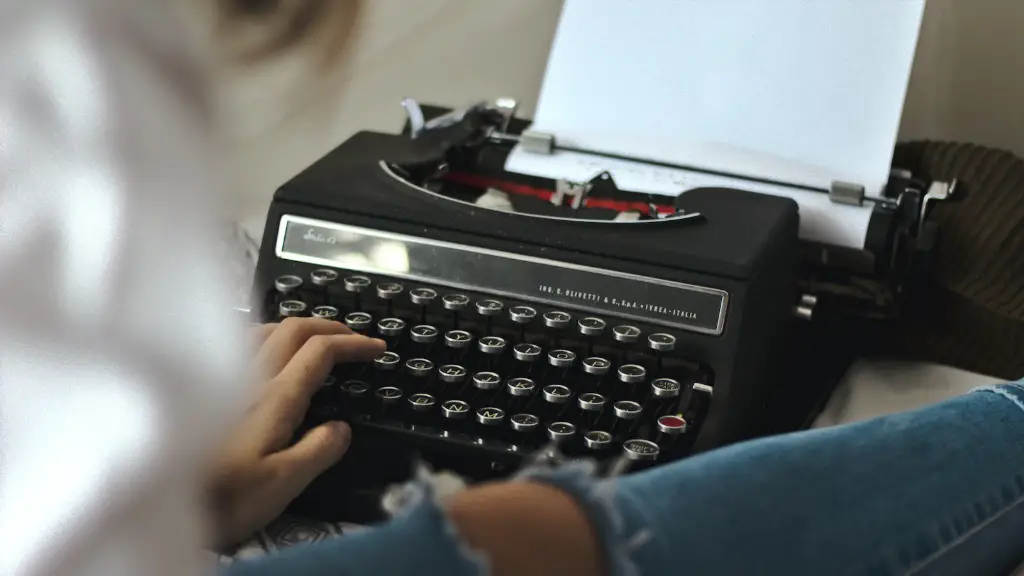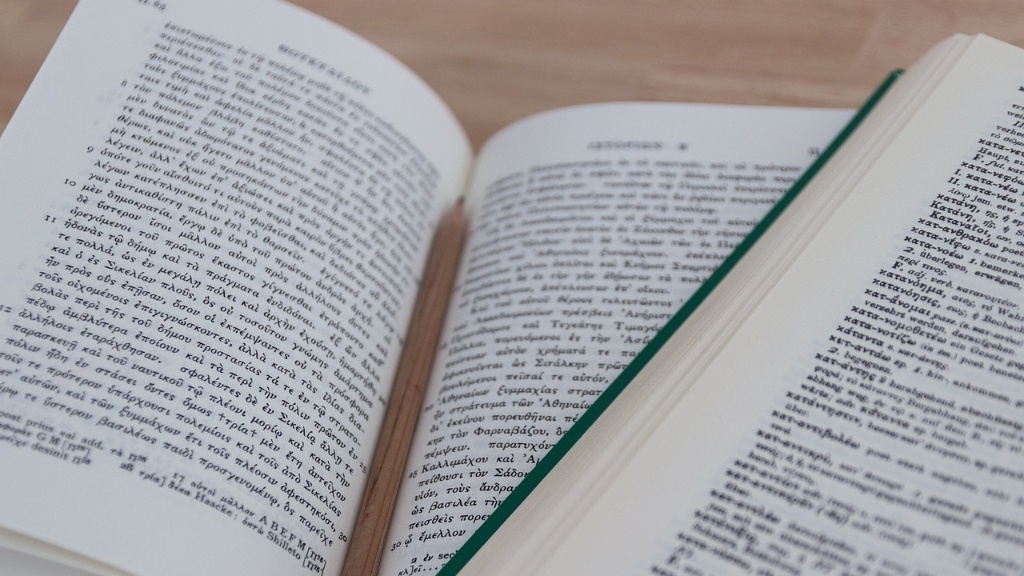Understanding Romantic Poetry
Romantic Poetry is a genre of artful expression that has been celebrated across cultures and throughout history. Characterized by its emotive and passionate beauty, Romantic Poetry has left its mark on all manner of literature, and continues to fascinate and inspire readers around the world. In order to gain a better understanding of the romantic genre, it is important to look at the key features that distinguish it from other forms of writing.
The primary feature of Romantic Poetry is its attempt to explore and express feelings and emotions. These emotions can range from love and sorrow, to wonder, awe and even despair. As such, romantic poetry often contains highly descriptive language as the writer attempts to paint a vivid picture in the mind of their audience. In addition to this, the genre also typically looks to evoke a response from the reader, seemingly seeking to convey a message or impart a lesson.
Romantics are also renowned for the emotive language they tend to employ in their work. This often means producing descriptions that rely heavily upon the senses; sight, smell, sound, taste and touch. These sensory images assist in fully conveying the sentiment that the poet is attempting to communicate. In order to create the desired atmosphere, words of a rich and evocative nature are often used and a wide range of human experiences are drawn upon; both as the material for the poetry and to help create empathy with the audience.
Nature is also an important factor in romantic poetry. The natural world is often used as a metaphor to describe emotions, experiences and thoughts, while nature’s power and mystery is also often highlighted to emphasize the idea of the sublime; something that inspires a great awe and admiration in the observer. Interestingly, the Romantic period also marked the origin of the idea of the poet as a kind of prophet; a figure that exists on a sacred realm, distinct from the rest of society.
One of the core features of Romantic Poetry is the idea that feelings and experiences are those which are unique to the individual. This means that the writing aims to capture personal emotions and responses, as well as universal sentiments. That is why the author’s emotions usually take centre stage in the poem, with first-person perspectives taking precedence over third-person narrative.
Elements Of Romantic Poetry
A number of key elements define Romantic Poetry and help it to stand out from other forms of art. For example, creating an atmosphere that emphasizes the natural beauty of the landscape and its awe-inspiring magnitude is a common feature. Through its imagery and descriptions, Romantic Poetry often features a strong emphasis on the beauty of nature, discussing its grandeur and its potentially destructive power.
Another key element of Romantic Poetry is its vivid exploration of the human emotions; emotions such as love, sorrow and despair are commonly explored through the written word. In order to help convey these emotive states, the language of Romantic Poetry often relies upon strong visual imagery and sensory details. This helps to capture a moment in time and evoke the emotions of the poet.
A further feature of Romantic Poetry is its focus on individualism and subjectivity. This type of writing often incorporates a certain level of idiosyncrasy, considering not just the emotions of the collective, but also those of the individual poet. This helps to distinguish it from other forms of poetry, which often focus on larger universal themes instead. As a result, the poems of individual authors often carry a feeling of uniqueness, offering something no other poet has done before.
Lastly, romantic poetry often features the idea of the sublime; a concept which refers to something greater than what humans can comprehend. This idea is often used to express the poet’s experience of beauty within the natural world and their feelings of awe and admiration in the presence of nature.
Function Of Romantic Poetry
The primary function of Romantic Poetry is to explore, express, and capture the emotive experience of the individual poet. This often means producing a highly descriptive poem, which offers vivid and intense imagery in order to help the reader feel the emotion being conveyed. The beauty of nature and its mystery are oftentimes used as metaphors to emphasize a feeling or idea.
Likewise, the use of emotive language and descriptions is also important in conveying the poet’s experience. By expressing the emotions surrounding love, sorrow and despair, amongst others, individuals can feel as if they can relate to the poem, especially if the subject matter directly reflects their own experiences. As such, romantic poetry is often viewed as a form of solace in more difficult times.
At the same time, there is also the notion of escapism present in romantic poetry. Through its emotive language and vivid descriptions, the poet can transport their audience to a realm of beauty, mystery and awe; all possible through the power of the written word. This has made romantic poetry particularly appealing to readers in search of a more transcendent experience.
Lastly, it is worth noting that as a poetic and literary genre, Romantic Poetry seeks to be memorable, setting out to capture the seemingly ephemeral state of the human emotions. In order to achieve this, certain elements such as imagery, rhythm, and rhyme are oftentimes employed to create a unique poetic experience. As such, the genre can offer the reader a way to appreciate and enjoy the beauty of poetry alongside the emotive subject matter that is being discussed.
Illustrious Representatives Of Romantic Poetry
The Romantic Poetry genre has inspired and delighted readers and writers for centuries. The fact that so many of its key representatives – such as Lord Byron and William Wordsworth – are still celebrated today stands testament to the power and beauty of their work. In particular, both poets often looked to express the thoughts, feelings and emotions of the individual through their words, capturing life’s precious moments before they slipped away.
Other famous representatives of the genre include Percy Bysshe Shelley and John Keats, who also looked to capture the rapid succession of life through their writing. Both writers employed intense imagery and vivid descriptions to create a captivating atmosphere in their work, which served to underline the emotive experience being conveyed.
Perhaps the most iconic figure of the Romantic period is German poet Johann Wolfgang von Goethe. His epic poem Faust seeks to capture the emotive experience of the individual, exploring mortality and the journey of life in a personal and profound style. Following its success, Faust is now seen as one of the key works of the Romantic period, and of literary history overall.
It is therefore clear that Romantic Poetry has had a profound impact upon literature, culture and even everyday life. Through its emotive language and vivid descriptions, readers can appreciate the beauty of poetic expression and experience something of the awe and admiration of the individual poet. Such is the power of the genre, and its timeless appeal.
Influence Of Romantic Poetry
Though the original Romantic Poets first emerged during the 18th and 19th centuries, their influence has been felt far and wide. Their emotive style and vivid descriptions have been seen to spread across the genres, inspiring authors to produce works that convey the emotion and beauty of the individual experience.
In literature, authors like Jack Kerouac and Walt Whitman have taken their inspiration from Romantic Poetry, producing works with an emotive and sensory nature that echoes the genre’s key features. Even in more modern genres such as rap, there is something of the Romantics evident in the powerful depictions of life and emotion that are often explored in the artist’s words.
Likewise, the influence of romanticism can also be seen in visual media, where directors and producers often look to capture a feeling of emotion, mystery and awe. In their works, beauty is often emphasized, evoking the same emotions that have fascinated poets from around the world for centuries.
The fact that romantic poetry is still studied and discussed in classrooms today also speaks to its lasting impact. It is now recognized as one of the primary arts of its period and has helped to shape modern-day literature, art and culture. Even today, authors look to capture the same emotive spirit and unique eloquence that owes itself to the poetry of centuries gone by.
Impact Of Romantic Poetry On Poetic Expression
Since the emergence of the Romantic Poets, many of their techniques have been incorporated into other forms of writing, inspiring authors to experiment and evoke emotion through artful language and descriptions. Through this, Romantic Poetry has helped to shape our current approach to poetic expression, ensuring its lasting legacy and appeal.
The use of imagery is one factor that has seen a surge in popularity, especially in the realms of fiction and songwriting. Writers now often use imagery to help build atmosphere and increase emotional resonance, reflecting their own experiences and connecting with their reader or listener in the process.
The extreme focus on the emotive experience has also been seen to filter down to other genres. Today, authors often attempt to capture the same state of emotion that came to define the work of the Romantic Poets. By looking to express the positivities and negativities of the individual experience, they help to create a direct connection between their writing and their audience.
The use of metaphors is likewise often seen to reflect the ideas of Romantic Poetry. This can range from the usage of nature-based comparisons to those that employ physical objects or common situations in a poetic manner. Through such techniques, authors can provide a unique poetic experience that combines emotion, wit and creativity.
Revival Of Romantic Poetry
Despite the presence of Romantic Poetry in many forms of modern-day writing, there has also been a renewed interest in the genre itself in recent years. This has been seen through the rise in lyrical poetry, an art form which has come to define the current generation of poets. It has provided a platform for writers to explore their own emotive experiences, with many attempting to replicate the influence of the original Romantic Poets.
The idea of the individual experience is now often explored, as writers present their own passionate accounts of life in poetic form. Likewise, the usage of sensory imagery and evocative language has seen a resurgence, as authors look to emphasize the emotive power of their words. It is thus clear that Romantic Poetry still has the power to inspire and captivate even in today’s modern world.
At the same time, there has also been an interest in the reinterpretation and revitalisation of Romantic Poetry. This often involves adopting the same techniques of the original poets, reviving their passion and spirit in the modern context. Such works often look to capture the changes that society has gone through, discussing the same emotions and experiences, but with a more contemporary twist. This further adds to the impact of the genre and helps to extend its influence into the realms of literature and art.
Conclusion
It is clear that Romantic Poetry is a genre that has left a lasting impact upon literature and culture. Through its exploration of the individual experience, emotive language and vivid descriptions, the poets of
